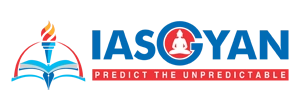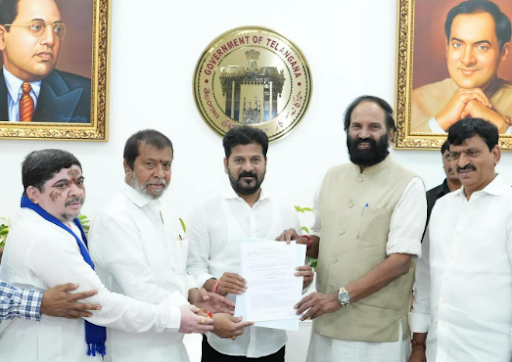



The government increased PM-POSHAN funding by ₹954 crore to combat rising food costs, ensuring nutritious school meals. The scheme, rooted in the 1995 NP-NSPE, uses CPI-RL data to adjust costs and covers food, transport, and cooking. It aims to fight malnutrition, boost attendance, and enhance learning among schoolchildren.

Copyright infringement not intended
Government increases PM-POSHAN funding by ₹954 crore to counter rising food costs, ensuring nutritious meals for school children nationwide.
Before the increase, the cost per student per day was ₹6.19 for balvatika and primary students. Now, starting May 1, it will be ₹6.78. For upper primary students, the cost has gone up from ₹9.29 to ₹10.17 per day. These amounts are the minimum required, but some states add extra money to make the meals even better.
It is a centrally sponsored scheme designed to improve the nutritional status of children in schools. The Scheme is being implemented by the Ministry of Education. It was earlier known as Mid-day Meal Scheme and was renamed as PM POSHAN Scheme in 2021.
The Central Government pays 100% of the cost of food grains, which is about 26 lakh metric tonnes per year. They also pay for transporting the food grains from storage places to schools.
It provides a cooked meal to children studying in government and government-aided schools across India, to address malnutrition, encourage school attendance, and improve children's focus in the classroom.
The scheme's roots lie in the National Programme of Nutritional Support to Primary Education (NP-NSPE), launched in 1995. With time, the scheme has been modified and expanded to cover children in upper primary classes (classes VI-VIII).
The meals are designed to give students proper nutrition. For balvatika and primary students, each meal includes 20 grams of pulses, 50 grams of vegetables, and 5 grams of oil. Upper primary students get more—30 grams of pulses, 75 grams of vegetables, and 7.5 grams of oil.
The government uses data from the Labour Bureau, which tracks inflation for items like pulses, vegetables, and oil. They calculate how much these items cost in rural areas using something called the Consumer Price Index – Rural Labourers (CPI-RL). This helps them adjust the budget so students don’t miss out on good meals.
Must Read Articles:
BIMA SAKHI YOJNA, AMRIT GYAAN KOSH, PM POSHAN
Source:
|
PRACTICE QUESTION Q. Discuss the role of the PM-POSHAN Scheme in addressing the twin challenges of hunger and education among school-going children. 150 words |











© 2025 iasgyan. All right reserved